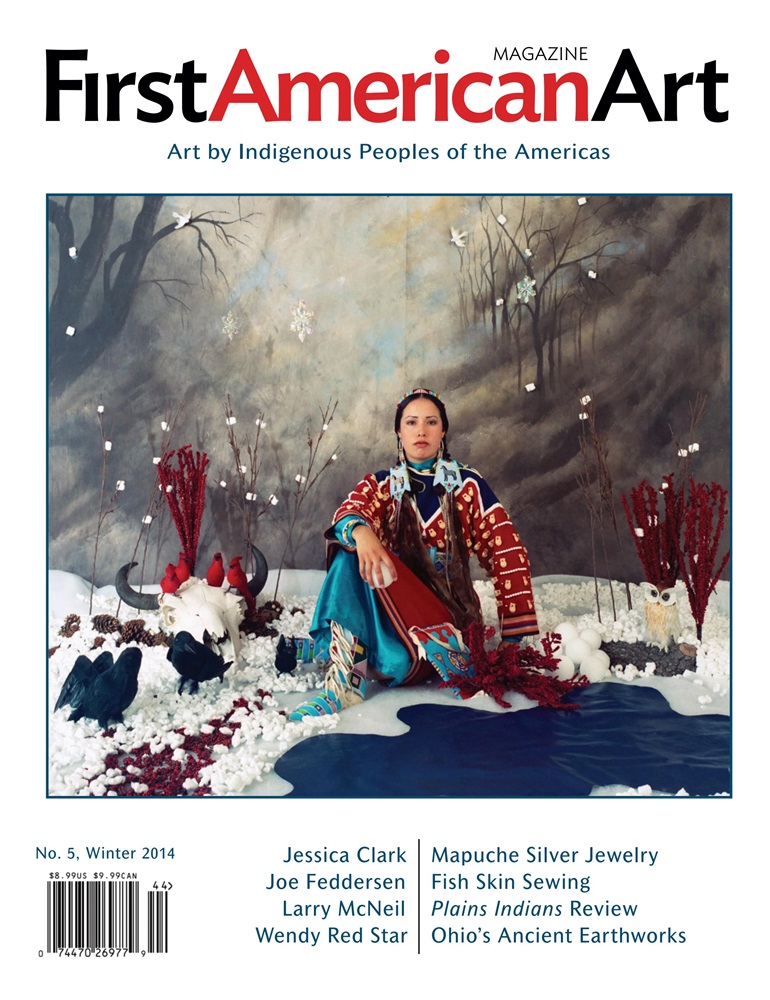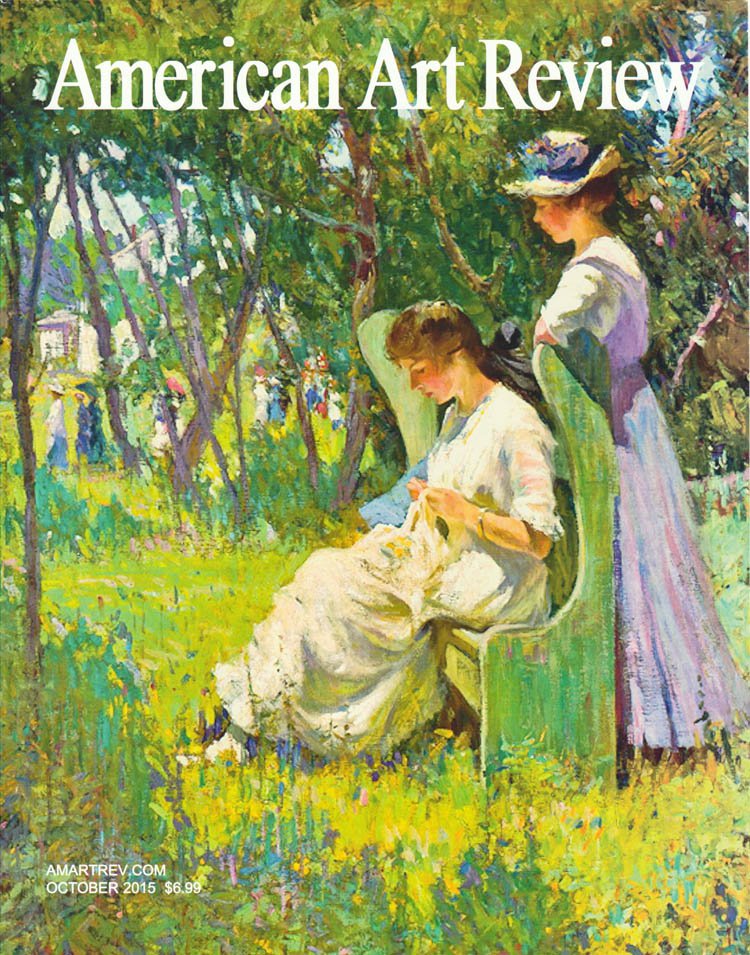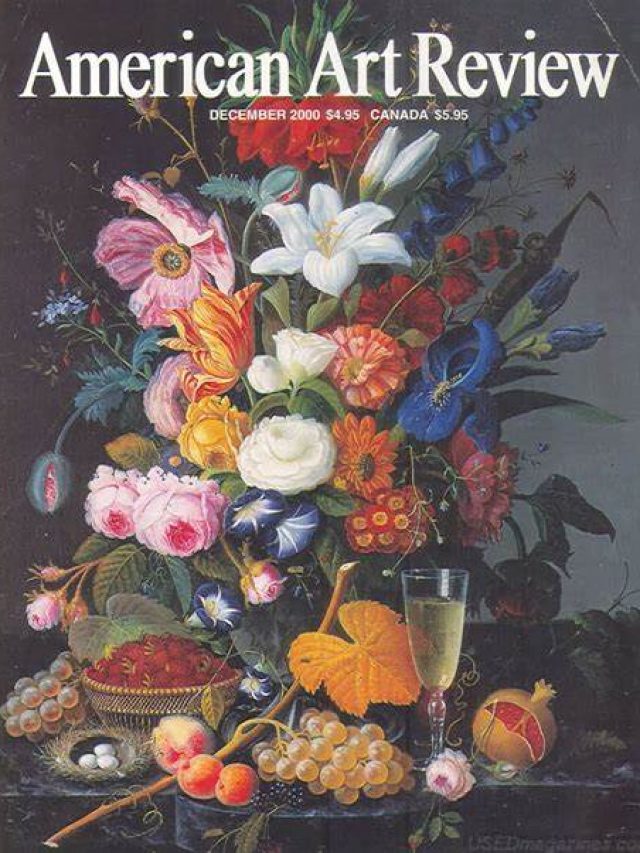The continued importance of art magazines in today’s dynamic art landscape, where social media and digital platforms rule, is a monument to their unique role in reflecting and changing the world of visual arts. Art magazines are more than just publications; they are essential platforms for artistic expression, critical discussion, and cultural documentation. Their pages navigate the complexity of contemporary art while presenting a tapestry of perspectives, from analysing the most recent shows to spotlighting up-and-coming artists.
Highlighting the creations of well-known artists, art magazines give emerging artists a platform to gain acceptance and fame. They invite readers into the lively conversation that defines artistic expression today, fostering a dialogue that extends beyond gallery walls. These publications provide a lens through which to examine cultural upheavals and movements, deepening our understanding of art’s tremendous impact on society through perceptive critiques and thought-provoking analyses. Art magazines serve as necessary instructional tools that take readers on a trip through many styles, techniques, conceptual frameworks, and records of artistic growth. These magazines bridge the gap between artists, collectors, and lovers, fostering a community that embraces diversity and creativity within the art industry.
Art, Life and Magazines
Art magazines allow established and up-and-coming artists to exhibit their work and reach a broader range of art enthusiasts, collectors, and curators. This exposure may result in revenue, notoriety, and other benefits for artists. Critical reviews and essays analysing and interpreting current art trends, exhibitions, and particular artworks are common in art journals. These criticisms influence the conversation about art and how people view and appreciate works of art.
Magazines record movements, trends, and exhibitions to show how art has changed. They act as historical documents that subsequent generations can consult to comprehend the evolution of art and its cultural milieu. Art periodicals inform collectors about future auctions, market trends, and investment opportunities. They have informative articles and interviews with dealers, collectors, and auction house specialists, providing insightful viewpoints on the art market.

Readers of art publications learn about many artistic mediums, methods, and ideas. They foster creativity and provide a forum for exchanging concepts and advancements in the visual arts between critics and artists. Through magazines, enthusiasts, collectors, reviewers, and artists can form a sense of community. They facilitate relationships inside the art industry by offering a platform for networking and collaboration. Art magazines impact how people see and tell stories about culture. Through the perspective of art, they bring attention to problems like diversity, identity, and social justice, reflecting and occasionally questioning societal norms and ideals.
‘Art magazines have rushed to occupy particular positions to negate, affirm, critique, or serve the expanding system of contemporary art or particular interests within the art world. […] The contemporary art magazine has been increasingly affected, if not colonized wholesale, by the neoliberal consumer spectacle whereby private universities and their publishing houses, commercial art galleries, auction houses, museums, art fairs, and various other products – whose brands are often shepherded by entire public relations departments – compete for visibility with works of art or critical thought’, writes O. Eşanu and A. Harutyunyan, in Introduction of the book, “Art Margins”.
Critical discourse has traditionally been promoted and disseminated through art periodicals. Though art journals have long attempted to separate criticism from commerce and the market, they are now active players in the art system, supporting galleries, fairs, and biennials. The editors were aware of the environment in which the magazine was released, the value of galleries to a publication’s existence, and the tactical benefit of organising an event that brought together all parties involved in the art world. They have carved out a new niche in the art world and developed a new business model unlikely to face serious competition.
Art In American Magazine
The position of Abstract Expressionism in the New York art establishment and its international promotion have received a great deal of attention from art historians; nevertheless, the public’s exposure to this and other works of art has received less attention. Mass publications like Life, Time, Look, Newsweek, and The Saturday Evening Post are where most Americans who did not regularly visit museums and galleries or read art journals would have first seen art. This thesis explores how, for millions of readers, these periodicals defined modern art and its place in postwar American culture.

During the late 1940s, mass magazines portrayed modern art as a culturally divisive issue in articles that ridiculed abstraction, describing it as a mediocre European derivation requiring no skill and questioning whether it was art or a highbrow hoax on middle America. As American abstraction gained support from art institutions and markets in the 1950s, magazines depicted modern art as a commonplace consumer object. This stylistic choice demonstrated both the consumer’s personality and capitalist freedom. By the decade’s end, mass magazines characterized Abstract Expressionism as the embodiment of American freedom and individualism, the leading international style, and an asset in the cultural Cold War. Yet letters to the editors reveal that readers were still not convinced of the value of abstract art. Christine Bianco writes that these mass magazine representations of abstract painting and readers’ responses to it constructed a vision of postwar American culture and a middle American public for it.
‘During the 196os and 1970S, magazines became an important new site of artistic practice, functioning as an alternative exhibition space for the dematerialized practices of conceptual art. Abandoning canvases, pedestals, and all they stood for in the established institutions of modernism, this art sought out lightweight and everyday media. It relied heavily on texts, photographs, and other kinds of documents. Conceptual art depended upon the magazine as a new site of display, which allowed it to be experienced by a broader public than the handful of people present to witness a temporary object, idea, or actor, in the case of earth art, ambitious enough to make the trek to the remote locations where this work tended to reside. As the art historian David Rosand observed the pivotal new role of the art magazine during this period, “You read it. But you read it because it told you what was happening partly because so much was not to be seen in the galleries, writes Noah Webster in the introduction of the book Artistis’ Magazines.
Walter Benjamin was one of the first to note that art changes fundamentally as a form of communication when reproduced and disseminated through the mass media, having implications for aesthetics and politics. He made the case that a piece of art loses its aura or distinct existence in time and place when it is mechanically reproduced in his 1936 article “The Work of Art in the Age of Mechanical Reproduction.”
Benjamin’s sophisticated attention to the material conditions of production and distribution and how these shape the social interactions between the author or artist and the audience ideas he also covered was the foundation of his understanding of the social possibilities of art and media. These magazines remained, for the most part, a means to an end, vehicles for defining artistic agendas and circulating ideas rather than works of art in and of themselves, even as they subtly questioned the distinction between fine art and design and insisted upon the magazine as an essential site of artistic production.
Conclusion
Art journals are essential foundations in the field of contemporary art. Besides supporting artists and recording art history, they are vital forums for market research, cultural influence, and critical discussion. These magazines provide a community of artists, critics, and enthusiasts and educate, inspire, and significantly contribute to visual arts’ global understanding and continuous progress. Art magazines maintain their importance at a time when digital media fights for readers’ attention by providing carefully chosen viewpoints that deepen our appreciation of and celebration of artistic expression. Therefore, their continuous presence and impact are crucial to the vitality and diversity of the world’s creative scene.
What Makes Grandma Moses’ Folk Art and Paintings So Beloved and Timeless?






